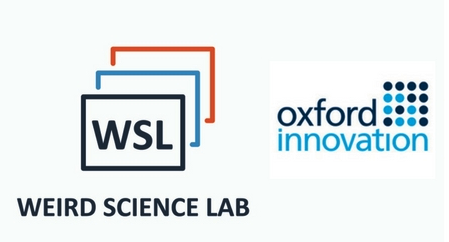A brief snapshot of the challenges and future fruits of the global digital transformation in education
As technology is catching up with the 21st century educational needs, a brand-new market within human history merges itself with an ancient one to provide for the needs of the future. I am talking about EdTech. EdTech is not only efficient, but it's crucial. Allowing us to integrate our latest discoveries into our brain and nature can lead the way to overcome the pedagogic limitations of our traditional education systems –which do not allow freedom and individuality but force command and conformity. So, let's see why XR, AR, and VR technologies will be necessary within education in the future and why it is profitable to start a business within the education sector, with help from HolonIQ's research.
A sector as an industry: to keep the quality of education constant, we need wide availability and cost-drops
Source: Our World in Data, Quality of Education
Education has been evolving from sector to industry. Like any industry, it is now growing segments through the price mechanism worldwide, creating variation in the quality of education globally. This can lead to many issues by limiting knowledge to a global handful of institutions and actors with financial capabilities, in other words, fueling a capitalistically meritocratic structure. This is especially prevalent within STEM education, as interactively conducting the learning process costs much higher due to material requirements, often making it difficult for educational institutions to provide adequate conditions for the subjects within. Then, education becomes a question of the social prestige of institutions and how much they can raise funds, which varies from country to country, region to region, and institution to institution.
This problem can be fixed via a virtual world that is unbound to our tangible reality's commercial and social limitations. A Large Hadron Collider, also known as CERN's atom smasher, can cost billions of dollars -as it is the most expensive tool built in human history- in real life, but it doesn't have to be the same in virtual reality. The grand structure can be replicated by lines of code within a simulation, detaching it from the commercial limitations of the natural world and dropping its costs, making it available to a broader group of physicists, and leading the way for new research to be conducted much faster without the bureaucracy. The only thing you'd need to be in a VR CERN would be immersive hardware to assist the experience, rather than a 27 kilometer of superconducting magnets with accelerators. When knowledge is democratized, and costs drop, there isn't a limit to educational quality and human ingenuity.
There will be an additional 1 billion additional post-secondary graduates over the next 30 years, and most of them will be from the Global South
Source: Holon IQ, $196B International Education Market set to reach $433B by 2030 @ 7.4% CAGR
HolonIQ's research suggests that 75% of the next 3 decades' post-graduates will come from Asia and Africa. However, 52% of the Top 200 universities are in the Northern states. A giant movement of 1 billion people over the next 30 years for education isn't feasible for the Global North due to the possible pressure this would create on infrastructure, housing, and socio-political issues –although their population is in decline and there is a growing number of deficiency in STEAM-skilled graduates. VR technologies offer an excellent opportunity to unbind the historical link between quality education and the Global North. Democratized knowledge can lead to total globalization of education without locational discrepancies by allowing all scholars and researchers to have access to expertise hidden behind bureaucratic layers. This can also pave the way for a more equitable economic growth between states, as human capital won't be lost to brain drain in countries that need skilled labor more and more as their economies shift through Toffler's waves of change.
The WSL Vision
WSL envisions a future in which the inequalities caused by education quality variance between states are addressed through VR technologies. The company believes that STEM education can be democratized for all students without restraints caused by their background while uplifting their nations to ensure equity between all states of the world; for a global movement toward a more socially, economically, and environmentally sustainable world.



